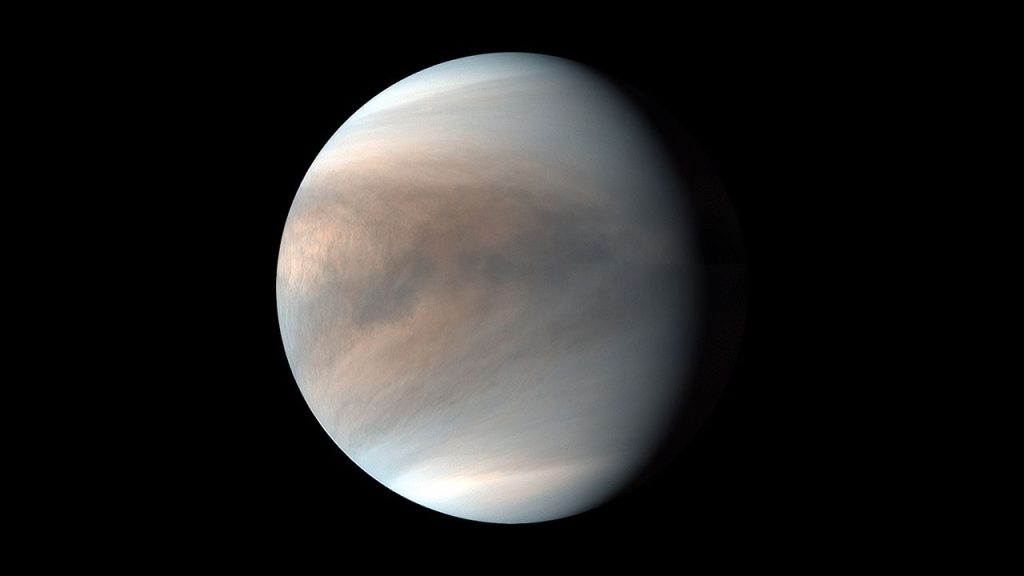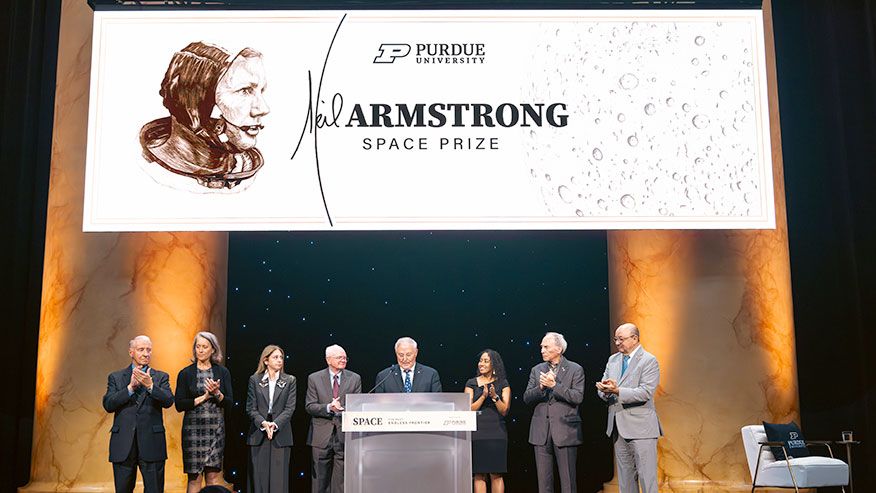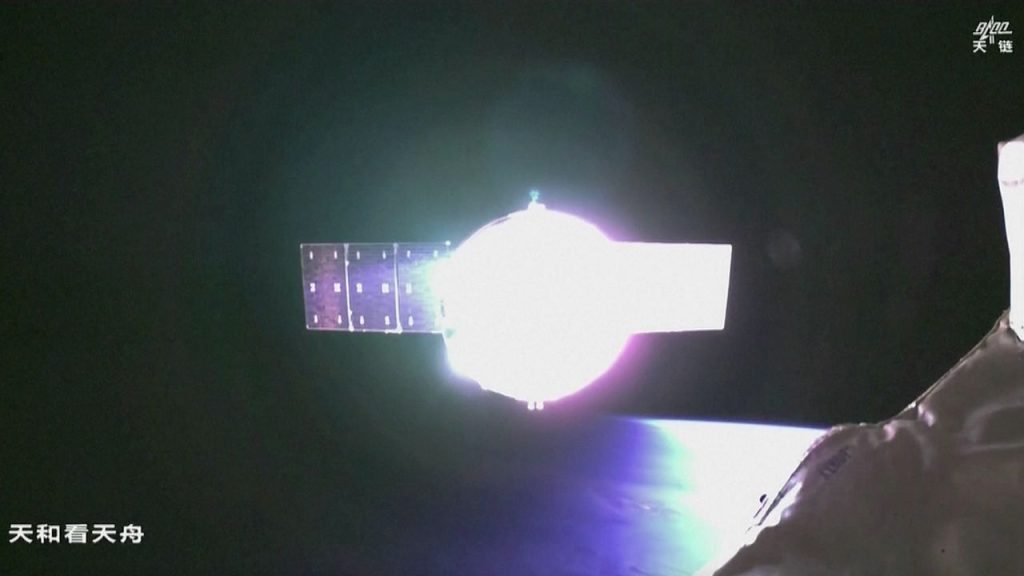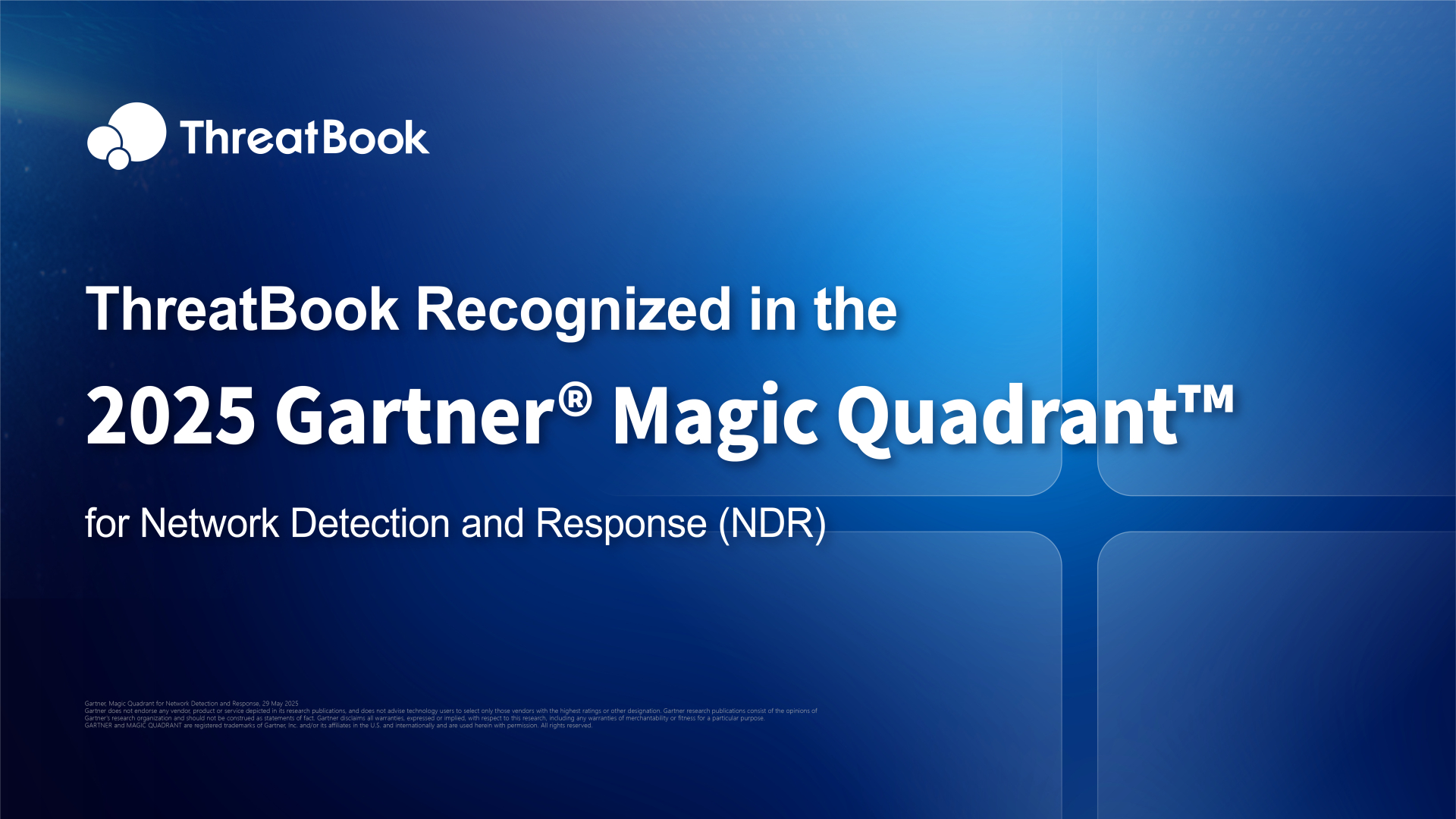Now Reading: Millions of Solar System Objects to Be Discovered in Unprecedented Detail
-
01
Millions of Solar System Objects to Be Discovered in Unprecedented Detail
Millions of Solar System Objects to Be Discovered in Unprecedented Detail

Quick Summary:
- the NSF-DOE Vera C. Rubin Observatory, located in northern Chile, is expected to begin operations later this year.
- Equipped with an 8.4-metre Simonyi Survey Telescope and a cutting-edge 3.2-gigapixel digital camera, the observatory will survey the visible sky every few nights, generating approximately 20 terabytes of data nightly over a decade-long mission.
- Sorcha, an open-source simulation software developed by astronomers led by Queen’s University Belfast’s Meg Schwamb, predicts Rubin’s potential discoveries and helps interpret data on solar system “small bodies” such as asteroids and comets.
- New findings are expected to expand the catalog of solar system objects multifold:
– Near-Earth Objects (127k) – tripling current knowledge; pivotal for planetary defence against hazardous asteroids larger than 140 meters.
– Main-belt asteroids (5M+) – detailed color and rotation data will improve understanding of solar system formation history.- Jupiter Trojans (109k), trans-Neptunian objects (37k), Centaurs (~2k) – offering insights into early planetary evolution and migration patterns across billions of years.
- Researchers emphasize rubin’s impact in planetary defense against asteroid threats and it’s contribution to reconstructing solar system history through unprecedented datasets.
- The Sorcha team’s open-source code is freely available at sorcha.space. Rubin Observatory’s initial imagery will be unveiled at its “First Look” event on June 23 before commencing scientific operations.
Indian Opinion Analysis:
The Vera C. Rubin Observatory represents groundbreaking progress in unearthing solar system insights that could advance science globally while addressing risks vital for humanity’s safety-such as asteroid impact prevention strategies through improved detection systems highlighted here.
For India-which has an emerging presence in space research-the developments signal crucial opportunities for collaboration on planetary defense frameworks or leveraging advanced astronomical datasets for domestic innovations tied to climate modeling or resource management technologies influenced by cosmic observations.
Additionally, embedding tools like Sorcha into India’s budding institutions could empower deeper academic exploration of extraterrestrial sciences related to astronomy or engineering fields tailored around observing patterns already optimized globally yet still usable alongside local autonomous missions long-term options feasible!




























